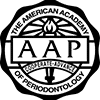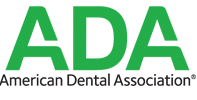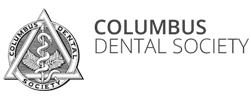An open contact often develops between a restored dental implant and an adjacent natural tooth when initially there was an interproximal contact. An open contact can result in trapping of food which can lead to periodontal problems and caries. According to a review of studies by Greenstein, et al *, the following observations and comments were noted:
• The incidence of a developing an interproximal gap was 34% to 66%.
• The opening of interproximal space can occur as early as 3 months
post-restorative treatment.
• The interproximal gap was usually on the mesial aspect of the implant
restoration.
• The development of an open contact is due to the physiological mesial
drifting of natural teeth, while the implant remains stationary, functioning like
an ankylosed tooth.
The authors suggested the following regarding this phenomenon:
• A thorough evaluation of the patient’s occlusion and arch alignment
is necessary.
• Patients need to be informed of the possibility of developing interproximal
gaps after implants are restored.
• If open contact develops with no food impactions, no treatment will be
needed other than monitoring.
• Replacements or repairs of implant crowns and/or restoring adjacent teeth
may be necessary to close the open contact. This is another reason in favor
of retrievable implant crowns (screw-retained).
• Peri-implant maintenance protocol (3-6 months) is recommended to monitor
contacts surrounding implants, possible related caries and periodontal
problems, and overall occlusion.

 Dr. Sakamoto
Dr. Sakamoto
 Dr. Mannava
Dr. Mannava
 Our Team
Our Team
 FIRST VISIT
FIRST VISIT
 PATIENT FORMS
PATIENT FORMS
 DENTAL INSURANCE
DENTAL INSURANCE
 POST-OP INSTRUCTIONS
POST-OP INSTRUCTIONS





